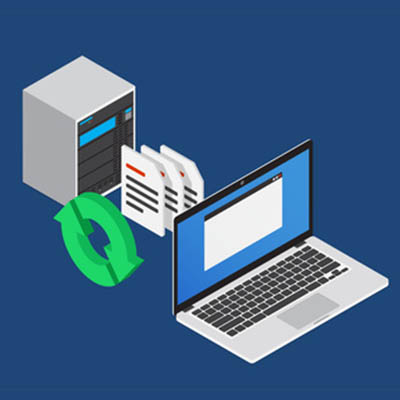
You literally never know when your data may be lost. It may be frightening to consider, but there are so many factors that could lead to you losing your data, ranging from an act of nature to user error. To counter this, you need to make sure your backup solution meets certain requirements. Today, we’ll review those requirements.
What Does Your Company Need from Its Backup?
Your backup, in many ways, should be your company’s saving grace. Whatever the cause of your data loss may be, the loss itself creates a significant issue in and of itself. Buildings can be repaired, equipment can be replaced, but once data is gone, it is practically impossible to retrieve it without some kind of backup in place.
Therefore, it is important for your backup to meet certain benchmarks:
- How quickly can data be backed up?
- How quickly can data be restored?
- How badly could your operations be interrupted in the interim?
- How protected is my backup against its own disasters, especially the same ones that could influence the data I have stored in-house?
What Kind of Data Backup Best Fits My Needs?
There are a few kinds of backup solutions available, and while it may not be a bad idea to maintain multiple forms of backup in a hybrid approach, we always recommend that your backup strategy revolve around the use of a cloud backup solution. The reasons for this are simple: a cloud solution can be automated, eliminating the risk of user error leading to a backup not being refreshed, and your data is kept in multiple locations, adding the protection of redundancy.
How Can I Get Started with a Backup Solution?
In order to really begin with a backup solution that fits the requirements we’ve reviewed, it is best to go through a reputable vendor. COMPANYNAME can help with that – not only do we have good working relationships with a variety of reputable vendors, we’ll act as your representative with them, ensuring that you get what you need for your business’ benefit.
For more information about backups and how to go about implementing one, give us a call at PHONENUMBER.

